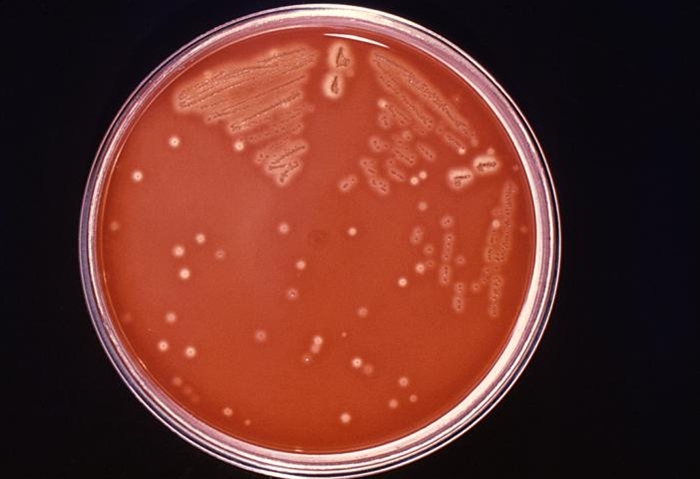Facts About Toxic Shock Syndrome
- Toxic shock syndrome (TSS) is a rare condition caused by toxins from either yellow staphylococci or group A streptococci (GAS)
- Previously, the condition most common in menstruating women who had had a tampon lying too long
- The condition is characterized by rapid onset of high fever, vomiting, aqueous diarrhea, sore throat, headache and muscle aches
- Lifesaving treatment directed at the complications of TSS is always at the hospital
- It is recommended that tampons are used in more than 8 hours and no tampon should be used for more than 12 hours
What is toxic shock syndrome (TSS)?
Toxic shock syndrome (TSS) is a rare but serious condition caused by toxins from individual bacteria. TSS can affect most organs in the body and become life-threatening if prompt treatment is not initiated.

The syndrome may occur in all, where somewhere on the body “houses” toxin-producing yellow staphylococci or group A streptococci (GAS). These are bacteria that normally on the skin and in many also in the throat / neck, and usually gives no disease.
How common is TSS?
The condition is rare. It is estimated that for the two forms together are 6-7 cases per. 100,000.
What causes TSS?
Previously, the condition most common in menstruating women who had had a tampon lying too long. However, bacteria from the nose and throat, vagina, rectum and from the wounds on the body also trigger the condition. The condition is contagious usually not between people.
What are the symptoms of TSS?
The condition is characterized by rapid onset of high fever, vomiting, aqueous diarrhea, sore throat, muscle pain and headaches.
How is it diagnosed?
The condition typically acute in a young woman who has used tampons or less pessary. The symptoms of the condition is due to the consequences of the infection and not the infection itself. When toxins from the bacteria enters the bloodstream, they can cause blood pressure and failure of a number of vital organs.
Early signs of TSS are high fever, vomiting and watery diarrhea. Sore throat, muscle pain and headaches are also frequent. The investigation before serious signs of Mode, you can see non-specific changes as a diffuse red rash of the skin, redness in the eye without pus formation, and / or the lining of the vagina is angry red by gynecological examination.
In severe cases there may be low blood pressure with kidney and heart failure.
Yellow staphylococci can be cultured from vaginal discharge. Cultivation of blood rarely growth of bacteria by tamponudløst TSS.
The mode can also be triggered by group A streptococci (streptokokbetinget toxic shock syndrome – STSS). Low blood pressure, kidney failure, liver disorders, heart failure, lung problems, rashes and swelling may occur. Samples of blood or other body tissue can often provide growth of the bacterium.
What treatment is there?
If the patient develops shock due to infection, this leads to a number of organs such as kidneys and lungs do not function as they should. The first thing to do is therefore life-saving treatment directed at the complications of TSS. This is done in the hospital. Concentrating on correcting any shock with fluid infusion.
The infection is treated with antibiotics, usually in 1-2 weeks. On rare occasions it may be necessary to remove inflamed tissue surgery. Hospital The duration of treatment will depend on the severity of the complications of the TSS.
How is long-term prospects?
Originally so that in some cases of TTS in women who had had it once before. Back rapids were often milder. In women who have experienced tamponudløst TSS, it is important to be careful with the use of tampons (use the Volume). Although the infection is serious and dangerous, comes the majority at treatment.
TSS caused by group A streptococci, are often more serious, and very prompt treatment is important to avoid life-threatening injuries. Mortality in this condition is 15-30%. The mortality rate for those who develop TSS as a result of tampon use, is fortunately lower.
